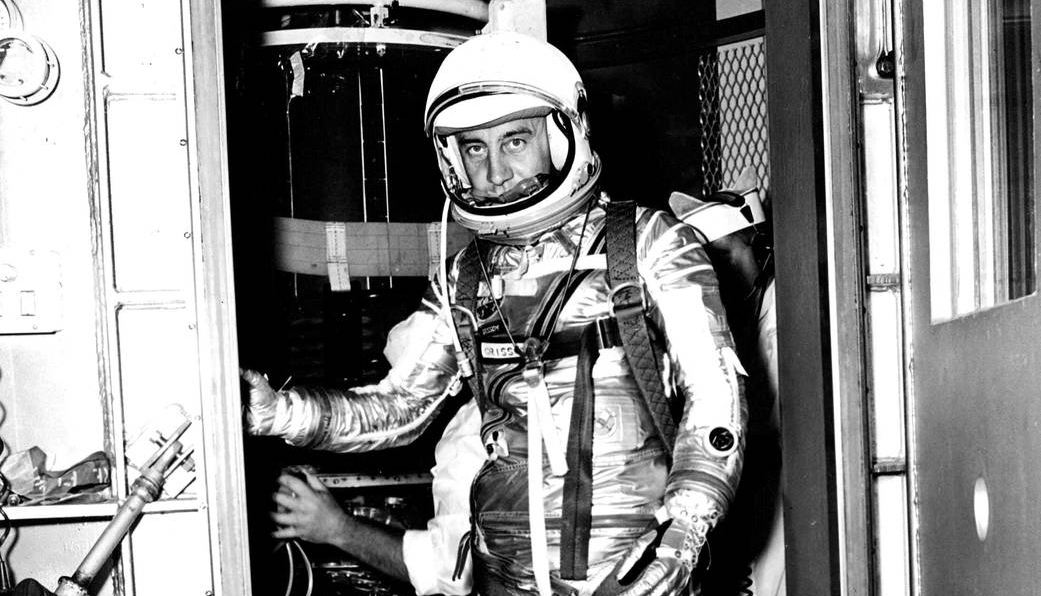By André B. Sobocinski, historian, U.S. Navy Bureau of Medicine and Surgery
Part III: The Mercury Seven Visit Naval Medical Research Institute
“We spent two years doing many things and following up many avenues to make sure we had not overlooked anything. We crammed ourselves full of knowledge. We built up our stamina on the big machines. And we got thoroughly familiar with the spacecraft that we would fly. Some of this was fairly exotic stuff…For we were preparing to penetrate an environment that no one had ever dealt with before. Some of it, however, was just plain down-to-earth work.”
~Alan Shepard, Jr., We Seven, 1962
On March 12, 1959, Dr. Robert Gilruth, director of NASA’s Project Mercury asked the Naval Medical Research Institute (NMRI) in Bethesda, Maryland, for assistance “in procuring and preparing” test animals for investigation of acceleration forces related to rocket flight and recovery. Just two months later NASA would again call upon NMRI, this time to be part of a comprehensive training program to provide the astronauts the “best available experience” related to space flight operations.

Since its commissioning on Oct. 27, 1942, NMRI had grown from a wartime test and development command to the Navy’s preeminent medical research laboratory. From endocrinology to biophysics, organ transplantation and experimental surgery to hot and cold weather medicine, NMRI was on the vanguard of unlocking the great mysteries of biomedical science.
The Mercury Seven were scheduled to visit NMRI over a two-week period in 1959 (June 1 to 13) and take part in a series of training activities designed to acquaint them with the command’s capabilities and prepare them for space flight.

The astronauts spent two hours in NMRI’s low-pressure chamber and subjected to an atmosphere of three percent carbon dioxide. A NASA documentary film of this shows the astronauts huddled in the chamber dressed in business attire (white shirt, tie, and pocket pens) playing cards, jotting notes and conversing with each other. While in space, there was a danger of the capsule’s environmental control systems failing leading to increased carbon dioxide levels in the cabin. The Mercury astronauts would have to be prepared to withstand such conditions while making orbit around earth and for reentry.
Maintaining an optimal body temperature in space was another medical concern for the astronauts. While at NMRI, each astronaut spent time in the human gradient calorimeter to test their heat tolerance. Designed by NMRI scientist and biothermodynamics pioneer Dr. Theodor Benzinger, the calorimeter allowed for the study of human temperature regulation, heat production and loss. It also enabled scientists to establish the heat exchange of each astronaut while allowing them to become familiar with their own body’s thermal response.
This is part three of a four part series. Stay tuned for part four featuring the Mercury Seven and the Naval Medicine’s role in bioastronautics and medical recovery.
Previous installments of “Supporting the “The Right Stuff”: Looking Back at the Navy Medical Department and the Mercury Space Program”:
Part I: The Johnsville Human Centrifuge
Part II: The Naval School of Aviation Medicine and the Human Disorientation Device
 Navy Medicine World Class Care… Anytime, Anywhere
Navy Medicine World Class Care… Anytime, Anywhere





